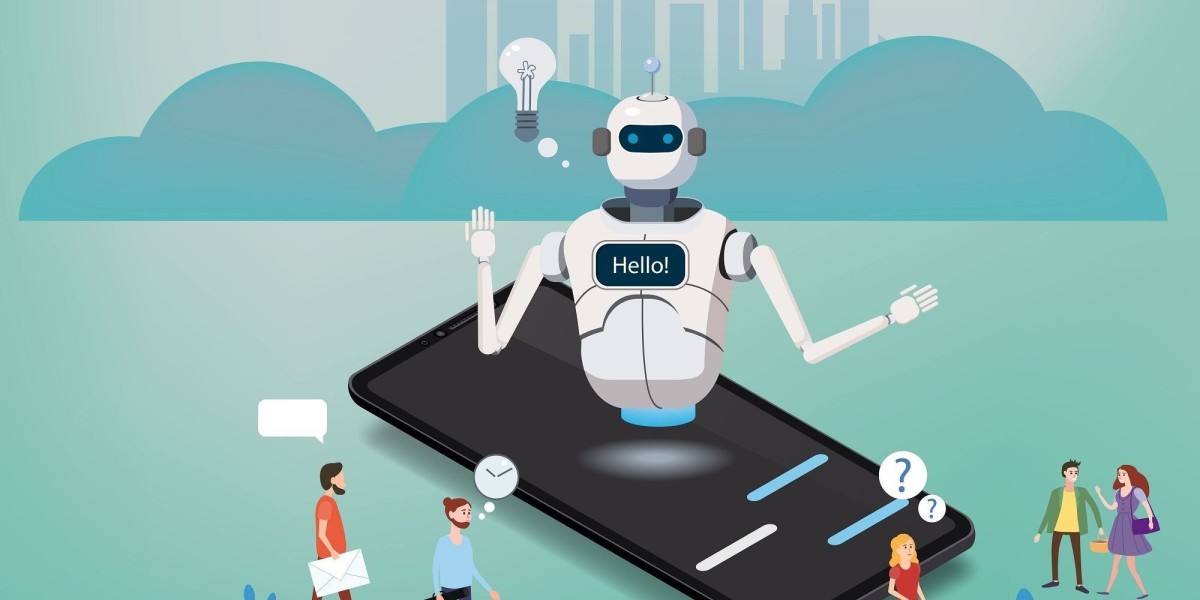What is Conversational AI?
It refers to artificial intelligence technologies that mimc natural human conversations through voice and text. The goal of this system is to make interactions between humans and computers as seamless and natural as talking with another person. At its core, conversational AI powers chatbots, virtual assistants, and other AI systems that can understand language and respond appropriately.
How Does it Work?
It uses a combination of machine learning and natural language processing (NLP) techniques to understand human language and determine appropriate responses. Deep learning models are trained on huge datasets of human conversations to learn patterns in how we communicate. When a user interacts with this system, NLP is used to analyze the verbal or textual input to understand the intent and meaning. Based on this analysis, the AI then generates a natural-sounding response using its training to select the most appropriate response. Advanced systems can also maintain contextual understanding across multiple turns of a conversation.
Applications
Some key applications of conversational AI that are becoming increasingly common include:
Customer Service Chatbots - Many companies are using conversational chatbots to automate basic customer service tasks like answering FAQs, resolving issues, and routing calls/chats to live agents when needed. Chatbots can improve efficiency and scale without limits on availability.
Virtual Assistants - Devices like Amazon's Alexa, Apple's Siri, and Google Assistant allow natural conversations to control smart devices, look up information, set reminders and more through voice. Virtual assistants are becoming ubiquitous in our homes as the AI behind them advance.
Marketing and Sales Conversational Interfaces - Some businesses are exploring how Conversational AI interfaces can streamline the sales process through tasks like lead qualification, simple demos, and follow ups. Chatbots can also be helpful for branding and driving traffic to websites.
Employee Assistance - AI assistants are being built to assist employees with tasks like scheduling meetings, finding internal documents, accessing guides and best practices without needing to bug colleagues. This has applications in industries like healthcare, education and customer support.
Conversational Commerce - As natural language processing improves, new applications are emerging that allow shopping, browsing products and completing purchases through conversational interfaces like messaging apps and voice assistants.
The Future of Conversational AI
As AI and NLP capabilities continue advancing at a rapid pace, conversational systems will only become more seamless, nuanced, and helpful in the coming years. Some future trends include:
Multilingual Capabilities - Major platforms are working to expand language support for conversational AI beyond English to reach more global users. Translation abilities between languages will also improve.
Personalization at Scale - AI that can maintain unique profiles on individual users will allow personalizing responses based on past preferences, behaviors and context. This takes conversations to a new level.
Advanced Reasoning and Knowledge - Broader and deeper knowledge graphs will equip AI with more versatile reasoning abilities. They'll be able to understand and discuss complex topics at a human level through access to constantly expanding knowledge bases.
Expanded Modalities - While voice and text are large initial markets, augmented and virtual reality interfaces as well as brain-computer interfaces will open up conversational experiences in wholly new immersive and intuitive ways in the future.
Integrations Everywhere - Conversational systems will become deeply embedded across operting systems, devices, apps and services. Seamless conversations will occur across these boundaries through common voice assistants, for example.
Get more insights on Conversational AI



